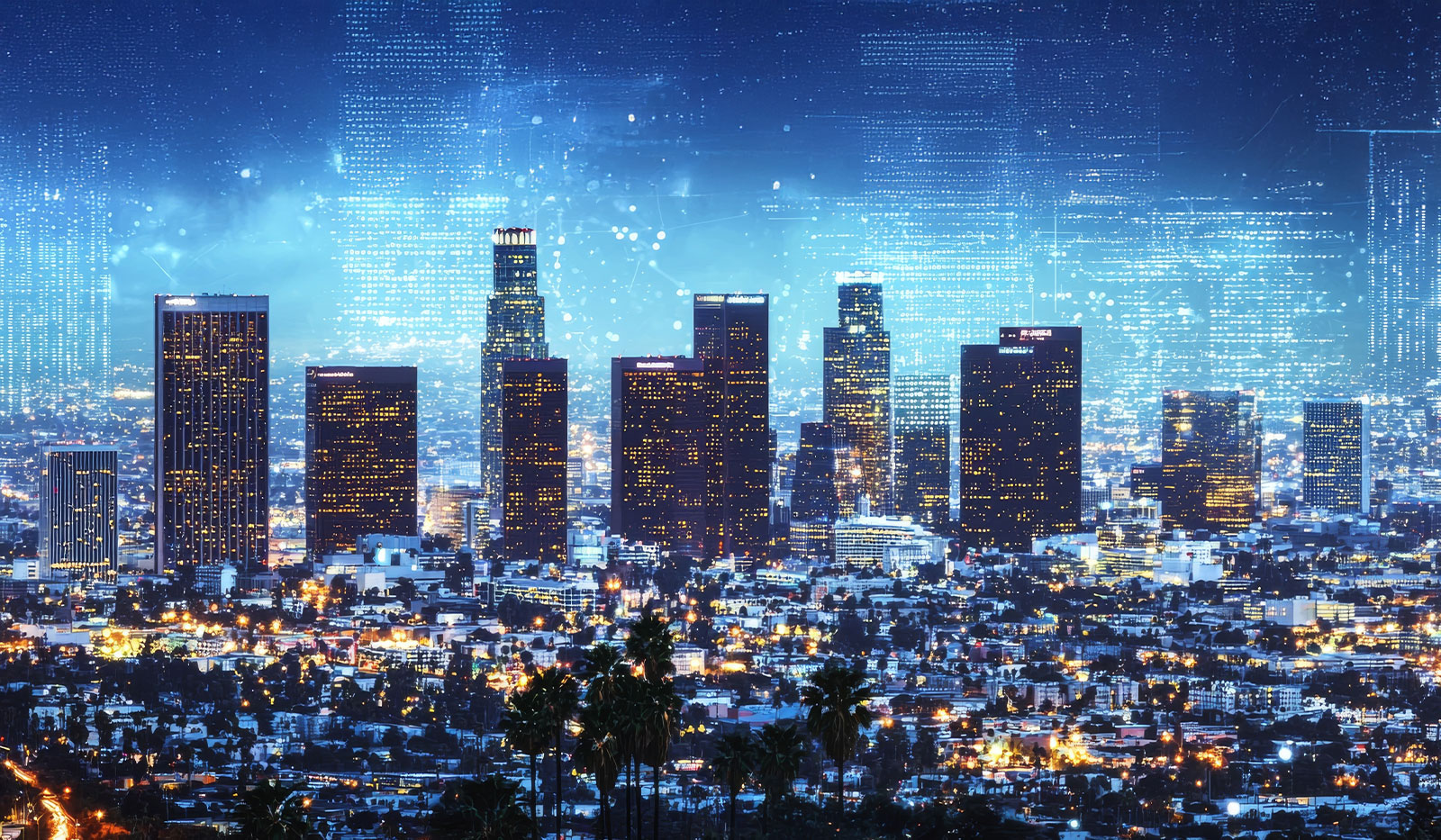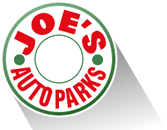
Downtown Los Angeles (DTLA) has undergone a significant transformation, evolving from its traditional roles in finance and culture to become a burgeoning tech hub.
Between 2017 and 2023, the district experienced substantial development, with tech companies now occupying a considerable amount of office space. Notably, PayPal’s acquisition of Honey, a Los Angeles-based company, for approximately $4 billion in 2020, underscores the area’s growing prominence in the tech industry.
While Silicon Beach, encompassing areas like Santa Monica and Venice, remains a significant tech center with companies such as Snap and Google, DTLA has seen a notable increase in its tech workforce. This growth is evidenced by the establishment of numerous startups and the expansion of tech-related infrastructure in the area.
These developments highlight DTLA’s emergence as a key player in Southern California’s tech landscape, attracting both startups and established tech firms seeking to capitalize on the district’s evolving ecosystem.
The Perfect Storm: Why Tech is Thriving in DTLA
The convergence of several factors has created an ideal environment for tech growth in Downtown LA. The pandemic-driven shift to hybrid work has accelerated this transformation, as companies and workers seek flexible, amenity-rich environments that support both collaboration and individual productivity.
Unlike the sprawling tech campuses of Silicon Valley or the traffic-challenged corridors of Silicon Beach, DTLA offers unparalleled connectivity. With direct access to multiple metro lines, Union Station, and major freeways, the district provides tech workers with transportation options that align with modern lifestyle preferences. The proximity to Los Angeles International Airport (LAX) and Burbank Airport also facilitates crucial business travel and client meetings.
The district’s mix of historic buildings and modern developments provides tech companies with diverse real estate options at more competitive rates than traditional tech hubs. Former warehouses and manufacturing spaces have been transformed into creative offices that particularly appeal to startups and scale-ups looking for character-rich environments that reflect their company culture.
The New Wave of Coworking and Innovation Spaces
Post-COVID, the coworking landscape in DTLA has evolved dramatically to meet changing workplace needs. Modern facilities now emphasize flexible configurations that can be quickly adapted for different team sizes and purposes. Enhanced technology infrastructure, including high-speed fiber internet and advanced videoconferencing setups, has become standard. Health and wellness considerations have led to improved ventilation systems and touchless entry solutions throughout these spaces.
Several standout facilities are shaping DTLA’s tech ecosystem. ROW DTLA, a massive adaptive reuse project, has become a magnet for creative and tech companies, offering a mix of office spaces, retail, and dining options in a campus-like setting. The Bloc, a modern mixed-use development, houses several tech startups alongside established firms, featuring state-of-the-art connectivity and amenities. Space’s Fine Arts Building location offers tech-enabled meeting rooms, private offices, and collaborative areas that maintain the building’s artistic heritage while serving today’s digital workforce needs.
Tech-Focused Development and Infrastructure
The district’s growth as a tech hub is supported by strategic developments and infrastructure improvements designed to create a sustainable innovation ecosystem. DTLA is at the forefront of LA’s smart city initiatives, implementing advanced traffic management systems using AI and IoT sensors, smart street lighting with integrated 5G capabilities, public WiFi networks, and digital wayfinding kiosks throughout the district.
The evolution of parking infrastructure exemplifies DTLA’s tech-forward approach. Joe’s Auto Parks, the district’s premier parking solution provider, has led this transformation with innovative digital systems that allow workers to secure spaces in advance—particularly valuable for the growing number of hybrid workers splitting time between home and office. Their expanding network of EV charging stations and 24/7 facility access supports the tech industry’s sustainability goals and non-traditional work hours. For growing tech companies, Joe’s Auto Parks’ customizable corporate parking programs have become essential recruiting tools in DTLA’s competitive job market, offering streamlined commuting solutions backed by AI-powered security systems.
Transportation innovation extends well beyond parking infrastructure. The district has significantly expanded its network of bike lanes and micro-mobility options, while new electric shuttle services efficiently connect key tech hubs. The integration with Metro’s expanding rail network has enhanced regional connectivity, making DTLA increasingly accessible to talent from throughout Greater Los Angeles. These improvements reflect a comprehensive approach to urban mobility that aligns with the tech community’s expectations for sustainable, efficient transportation options.
The Post-COVID Work Environment
The pandemic has permanently altered workplace expectations, and DTLA’s tech ecosystem has adapted accordingly. Modern office spaces now feature flexible floor plans that support both collaborative and focused work, with enhanced videoconferencing capabilities for seamless remote collaboration. Bookable meeting spaces and hot-desking systems have become commonplace, as have outdoor working areas and improved ventilation systems. The emphasis on workplace flexibility has led to innovative space utilization, with many buildings incorporating rooftop workspaces and converting traditional lobbies into multi-use collaboration zones.
The shift to hybrid work has also sparked a revolution in office amenities. Tech companies in DTLA now prioritize spaces that offer superior air filtration systems, touchless entry points, and antimicrobial surfaces. Many have installed advanced booking systems that allow employees to reserve not just meeting rooms, but specific desks, parking spaces, and even preferred temperature zones within the office. These technological improvements serve both practical and psychological needs, helping employees feel secure in their work environment while maximizing productivity.
Despite the embrace of hybrid work, DTLA maintains a vibrant sense of community through carefully curated in-person experiences. Regular tech meetups and industry events draw hundreds of participants, while startup pitch competitions and hackathons bring together entrepreneurs, investors, and talented developers. The district’s coworking spaces have evolved into community hubs, hosting everything from AI workshops to sustainability forums. Cultural programming throughout the district, from tech art installations to innovative food festivals, helps bind the tech community together while integrating it with DTLA’s broader cultural fabric.
Challenges and Opportunities
As DTLA’s tech scene continues to grow, several significant challenges and opportunities emerge. Housing affordability remains a pressing concern, with the need to ensure living spaces remain accessible for tech workers at all levels. The rapid influx of high-paying tech jobs has put pressure on the local housing market, potentially displacing long-time residents and creating economic disparities. Transportation infrastructure requires ongoing improvement to reduce car dependency, while questions of equity and inclusion demand attention to ensure the tech boom benefits the broader DTLA community. The district faces the complex task of managing growth while preserving the cultural diversity and artistic character that makes it unique.
Yet these challenges come with remarkable opportunities for innovation and positive change. Strategic partnerships with local universities and coding bootcamps are strengthening the talent pipeline, creating pathways for local residents to participate in the tech economy. Organizations like Grid110 and Startup DTLAare working to ensure underrepresented founders have access to resources and mentorship. The district’s diverse economy attracts companies across various tech sectors, from fintech and digital media to cleantech and artificial intelligence, creating a rich ecosystem of innovation.
DTLA has the opportunity to become a model for sustainable urban tech development, demonstrating how cities can integrate innovation without losing their essential character. The district’s commitment to green building standards and smart city technologies positions it as a laboratory for urban sustainability. Programs supporting minority-owned businesses and affordable housing initiatives show how tech growth can be managed inclusively. As other cities grapple with similar challenges, DTLA’s approaches to balancing innovation with community needs could provide valuable lessons for urban development in the digital age.
Looking Ahead
DTLA’s evolution as a tech hub represents a new model for urban innovation—one that combines the energy of a downtown core with the flexibility and creativity of modern tech culture. As companies continue to seek alternatives to traditional tech hubs, DTLA’s blend of historic character, modern infrastructure, and urban amenities positions it well for continued growth.
With ongoing investment in infrastructure, a focus on sustainable development, and a commitment to inclusivity, Downtown Los Angeles is poised to solidify its status as a premier urban tech hub. The future of DTLA is not just about technology—it’s about creating a city where innovation and culture thrive together, making it an unparalleled destination for the next generation of entrepreneurs and visionaries.

Comments are closed.